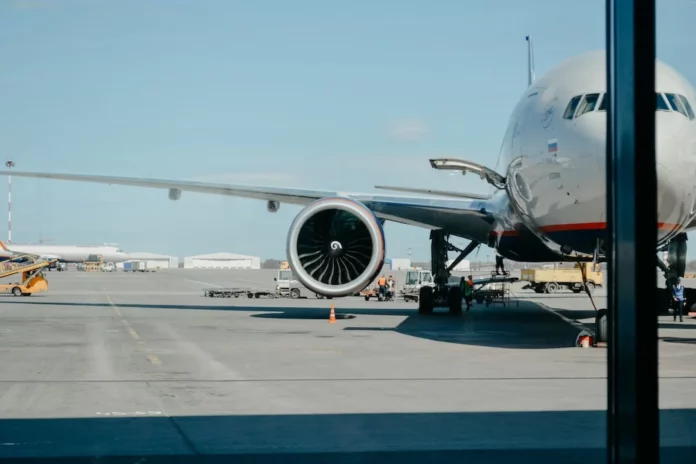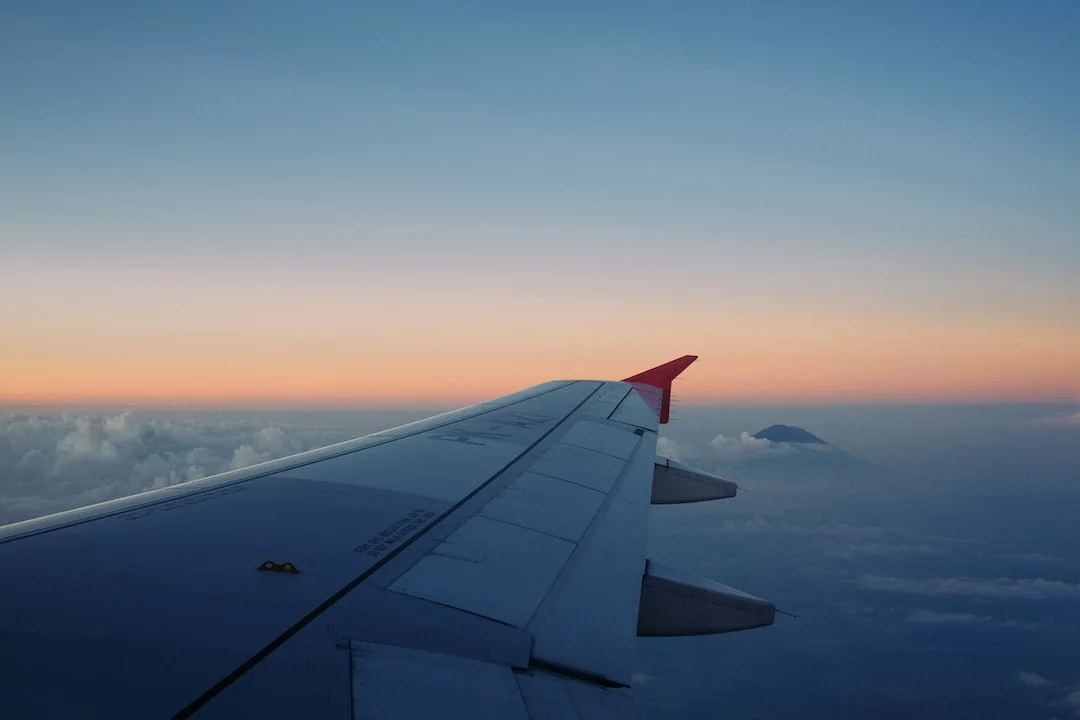Step Climb, also known as S/C, is an important concept in aviation and specifically in the operation of the Boeing 737 aircraft. It refers to the procedure where the aircraft climbs to a higher altitude at different stages during a flight. This technique is employed to optimize fuel efficiency, reduce operating costs, and enhance aircraft performance.
Step Climb involves climbing the aircraft in specific increments or steps instead of maintaining a constant altitude throughout the journey. As the aircraft burns fuel and becomes lighter, it can climb higher due to the improved thrust-to-weight ratio. By gradually ascending to higher altitudes, the aircraft can take advantage of thinner air and lower drag, resulting in reduced fuel consumption and higher cruise speeds.
Contents
Why is Step Climb Important?
Step Climb is a critical procedure for several reasons:
- Enhanced fuel efficiency: Climbing to higher altitudes allows the aircraft to operate in more favorable atmospheric conditions, which can significantly reduce fuel consumption. The thin air at higher altitudes reduces drag and enhances engine performance, leading to fewer fuel burn rates.
- Increased aircraft range: By climbing to higher altitudes, the Boeing 737 can take advantage of strong tailwinds, which can extend the range of the aircraft. This can be particularly beneficial on long-haul flights, where optimizing the aircraft’s range is crucial.
- Improved performance: When an aircraft climbs to higher altitudes, it experiences reduced air density, resulting in lower drag. This, coupled with the increased engine power due to improved air supply, allows the aircraft to achieve higher cruise speeds. This translates to shorter flight durations and improved operational efficiency.
Overall, Step Climb plays a vital role in maximizing the efficiency and performance of the Boeing 737, making it an essential procedure for airlines operating this popular aircraft.
Step Climb Procedure
The Step Climb procedure on the Boeing 737 involves ascending to higher altitudes at specific waypoints or stages during a flight, as determined by the flight plan and air traffic control. The specific altitudes and steps vary depending on factors such as the aircraft’s weight and the prevailing atmospheric conditions.
Here’s an overview of the typical Step Climb procedure on a Boeing 737:
- Initial Climb: The aircraft starts its ascent immediately after takeoff, climbing to an initial altitude assigned by air traffic control (ATC). This initial altitude is usually below the optimal cruise altitude.
- First Step: Once the aircraft has burned off a significant amount of fuel and has reached a lighter weight, it can initiate the first step climb. This usually involves climbing to a higher altitude, often in the range of 3,000 to 5,000 feet above the initial altitude.
- Subsequent Steps: As the aircraft continues to burn fuel and becomes lighter, it repeats the step climb process at predefined waypoints. Each step climb involves ascending to a higher altitude, gradually optimizing the aircraft’s performance and fuel efficiency.
- Cruise Altitude: The final step climb leads the aircraft to its optimal cruise altitude, which is typically the highest altitude achievable for the specific flight leg.
It’s important to note that the step climb procedure is not constant and can vary based on factors such as time, aircraft weight, weather conditions, and ATC instructions.
Benefits of Step Climb for the Boeing 737
The Step Climb procedure offers several significant benefits for the Boeing 737:
- Optimized fuel efficiency: By climbing to higher altitudes and taking advantage of thinner air and reduced drag, the Boeing 737 can achieve improved fuel efficiency. This results in cost savings for airlines and reduces the environmental impact of each flight.
- Extended aircraft range: Climbing to higher altitudes allows the Boeing 737 to benefit from more favorable winds and optimize its range. This can be particularly advantageous on longer flights, where reaching the maximum possible range is crucial.
- Enhanced performance: Step climbing enables the Boeing 737 to achieve higher cruise speeds by reducing drag and improving engine performance. This not only shortens flight durations but also enhances the operational efficiency of the aircraft.
Implementing the Step Climb procedure on the Boeing 737 can result in substantial operational benefits for airlines and contribute to a more sustainable aviation industry.
Conclusion
Step Climb, or S/C, is an integral part of the operation of the Boeing 737 aircraft. By gradually ascending to higher altitudes during a flight, the aircraft can achieve improved fuel efficiency, extend its range, and enhance overall performance. This procedure plays a crucial role in optimizing the operation of the Boeing 737, leading to cost savings for airlines and a reduced environmental impact.
Understanding and implementing the Step Climb procedure is essential for airlines operating the Boeing 737, as it can significantly contribute to a more efficient and sustainable aviation industry.
For More: What is MIN on Boeing 737? (Minimum)




